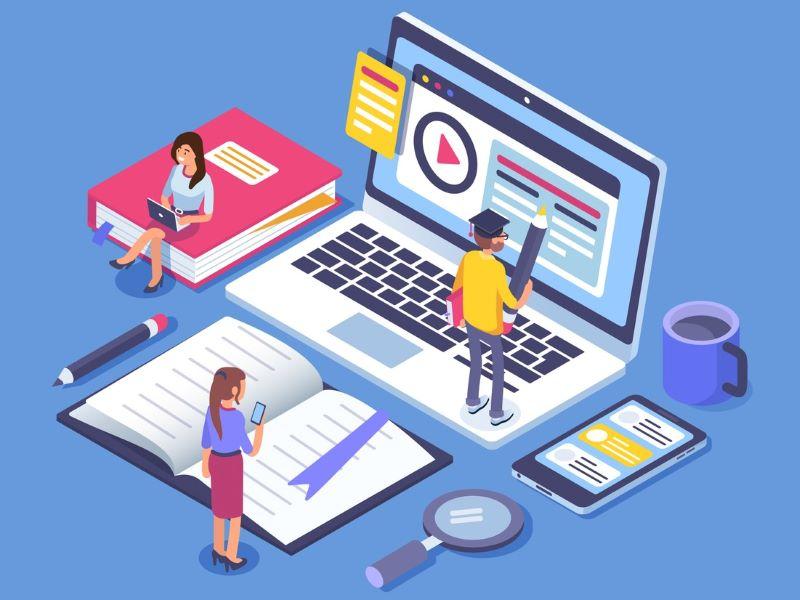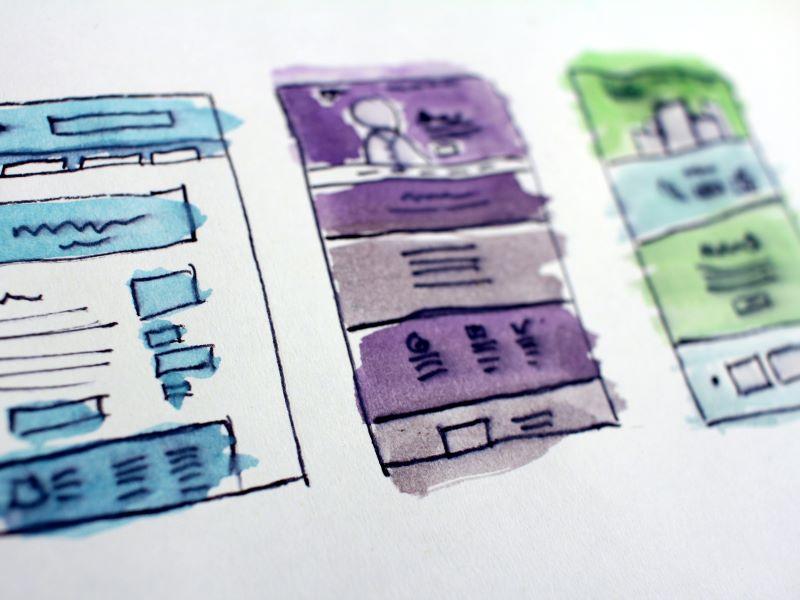
A course design method to aid the transition to quality blended learning

The transition from traditional teaching techniques to learning using educational technology varies across different disciplines, courses and programmes. At the Technological University of Uruguay, we have implemented a blended-learning approach built around the most important element: the students.
The agro-environmental engineering programme brings together new technologies (Internet of Things, Artificial Intelligence, Remote Sensing, among others), farming practices and environmental monitoring. To advance in these disciplines, students must acquire fundamental skills like programming – a tool transversal to many modern disciplines, involving hardware and software resources.
We developed two programming courses focused on engineering tools that might be useful to students’ future careers: C++, Python and R programming languages. We split the tools into two stages proportional to the difficulty.
In the first stage, we introduce the students to logical thinking using C++ to design and implement algorithms. In the second stage, they get into Python and R to develop simple applications related to agro-environmental engineering since they know how to program.
But in addition to programming knowledge, students need time learning together to develop vital life competencies such as teamwork, self-management, critical thinking and good communication practices.
- Using online and blended learning tools to teach data science skills
- How do we rescue the reputation of blended learning?
- Delivering blended learning to work for all students, everywhere
Once key learning objectives were established, how did we achieve them?
We used ADDIE as our instructional design methodology: analysis; design; development; implementation; and evaluation. Here, we dissect each stage in our training course development:
(A)nalysis: we identified the needs and challenges that we have to address to develop the course materials: were there available interactive tools to learn algorithms? Was the main objective for students to learn to program or to learn to use programming as a tool for their bachelor’s programme? Can we use educational technologies in the development and implementation of the courses? We answer each of these questions during the analysis. This phase shows us if such courses fit well with technologies.
(D)esign: to tackle the identified challenges, we design the courses and the materials according to the needs and the available technologies. We used an ICT road map to structure the schedule and the contents. We developed weekly topics divided into theoretical content (lectures and videos), self-evaluations and practical laboratories that let the students apply the knowledge they had gained that week. However, it was not purely a MOOC (massive open online course) or asynchronous online course. We also scheduled synchronous weekly meetings to address any queries and delve deeper into specific topics proposed by the students. It was crucial to review and select effective tools to develop and implement the courses (LMS platforms, video editors, video chat software, integrated development environments, etc).
(D)evelopment: we develop the teaching materials (explainer videos, lectures, reading lists and article libraries, programming exercises and self-evaluation forms, among others) to be deployed according to the ICT road map through the selected LMS platforms. In our case, we used the OpenEdX-based web portal of our institution to structure and release weekly the course material, and Moodle to host the live sessions. We used open-source software such as OpenShot to edit videos and code in each programming language.
(I)mplementation: each week, the students completed MOOC-oriented asynchronous content and activities. Then came together synchronously to solve problems and tackle projects requiring the application of new programming skills.
This is how we facilitated a blended-learning approach, combining these two styles of learning. The flexibility meant we could leverage available technologies to power the pedagogy, student’s self-management and provide access to free digital resources. We were able to explore teaching techniques like active and experiential learning and gamification.
(E)valuation: we retrieved learning data based on students’ performances in online activities from the OpenEdx-based platform and tracked student attendance at synchronous meetings. That data allowed us to understand and correlate the performance and validate if our planning was effective or not. This provided valuable feedback on our process to inform any redesigns of future courses.
Blended learning is here to stay so we need to design it into our teaching. This requires a rethink of instructional design to leverage new technologies to support effective pedagogy and achieve desired learning outcomes.
Nelcy Natalia Atehortua Sanchez and Juan Sebastian Blandon Luengas are both teachers in the agro-environmental engineering programme at the Technological University of Uruguay.
If you found this interesting and want advice and insight from academics and university staff delivered direct to your inbox each week, sign up for the THE Campus newsletter.


